Kyoto Transportation Guide 2025: Subway, Busses, and Discount Passes

When exploring Kyoto, it can be daunting to decide between buses, the Kyoto subway, or trains for transportation. Read on to learn the advantages of using each mode of transportation and cost-effective ticket options.
Kyoto has a complex transportation network, with local buses, subway, and different railway companies serving each part of the city. Depending on where you wish to travel next, you might need to use a combination of transportation means.
There are several discount passes for visitors to Japan that you can use for cost-effective travel. Read one to learn more about Kyoto's transportation network.
Kyoto Transportation
1. Public Buses
2. Kyoto City Subway
3. Taxis
4. JR West Japan Trains
5. Hankyu Railway
6. Keihan Railway
7. Eizan Electric Railway
8. Keifuku Electric Railroad
9. Kansai Thru Pass
Public Buses

Photo by Pixta
When exploring Kyoto, the most commonly used mode of transportation is the bus. There are three main bus operators in the city:
- Kyoto City Transportation Bureau (pale green)
- Keihan Bus (red and white)
- JR West Japan Bus (white and blue)
Each operates different routes.
Kyoto City Subway: For Fast Travel Within Kyoto City
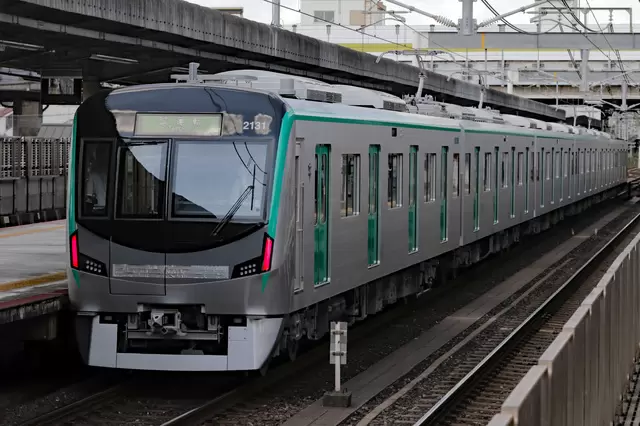
Photo by Pixta
Kyoto has a fast subway system consisting of the North-South Line and the East-West Line, forming a cross-shaped network.
The North-South Line is connected to the Kintetsu Nara Line, while the East-West Line connects to the Keihan Otsu Line. The starting fare for the Kyoto subway is 220 yen, with a maximum fare of 360 yen based on the distance.
Shijo Station and Karasuma Oike Station are bustling central locations in Kyoto, while Nijojo-mae Station is right next to Nijo Castle, a World Heritage Site.
Higashiyama Station provides easy access to Heian Shrine. However, if you plan to explore Kyoto thoroughly, relying solely on the subway may be challenging because most subway stations are some distance away from the major attractions. We would suggest using both the subway and local buses to quickly reach your destination.
Recommended Discount Ticket: Kyoto Subway and Bus 1-Day Pass

If you plan to take the Kyoto subway and buses, it's recommended to use the Subway and Bus 1-Day Pass, priced at 1,100 yen. After a few rides, you'll already break even!
From fall 2023, the sale of the Bus One-Day Pass will be discontinued. However, unused passes can be used until the spring of 2024, after which they will no longer be valid.
↑ Return to the top of article.
Taxis
In the Kyoto city area, the starting fare for a taxi is 500 yen, which covers the first kilometer. After that, every 279 meters will cost an additional 100 yen.
If you're traveling with a group of four, it might not be too expensive. Depending on the situation, using a taxi can also be a good choice!
JR West Japan Trains: For Trips to Neighboring Cities

Photo by Pixta
While JR West Japan's coverage within Kyoto City is limited, you can take their trains to go from Kyoto Station to Saga Arashiyama Station or Nijo Station. If you're heading to these destinations, taking the JR train is faster than the bus and reasonably priced.
Also, you'll be using the JR-West lines if you plan to visit attractions areas in northern Kyoto Prefecture such as Amanohashidate or Maizuru.
Hankyu Railway: For Trips from Shijo Station to Osaka and Kobe

Photo by Pixta
Hankyu Railway is a suitable transportation option for journeys to Osaka or Kobe.
However, when traveling from Kawaramachi to Arashiyama, most people choose to take the train to Katsura Station and transfer to the Arashiyama Line to reach Arashiyama Station, which is very close to the Togetsukyo Bridge.
Another way to use the Hankyu Railway lines is to travel from Kyoto's Kawaramachi Station to Karasuma Station, which is much faster than walking, making it suitable for those in a hurry.
↑ Return to the top of article.
Cost-effective and Convenient! The Hankyu One-Day and Two-Day Pass
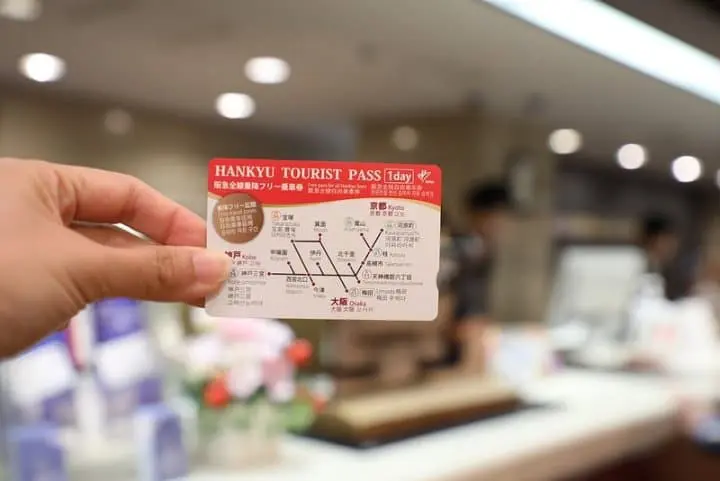
Pictures courtesy of Travelearth/
For visitors to Japan, we recommend the Hankyu Tourist Pass.
This pass is available as a one-day pass (700 yen) and a non-consecutive two-day pass (1,200 yen), and it is very convenient.
We highly recommend purchasing this pass because Hankyu Railway fares are generally quite affordable. Traveling from Osaka's Umeda Station to Kyoto's Kawaramachi Station or Kobe's Sannomiya on these "long-distance trains" alone makes it cost-effective.
If you have stops along the way or take longer journeys (e.g., from Kyoto Kawaramachi to Kobe Sannomiya), it becomes even more cost-effective.
Keihan Railway: For Trips from Kamogawa East Side to Osaka
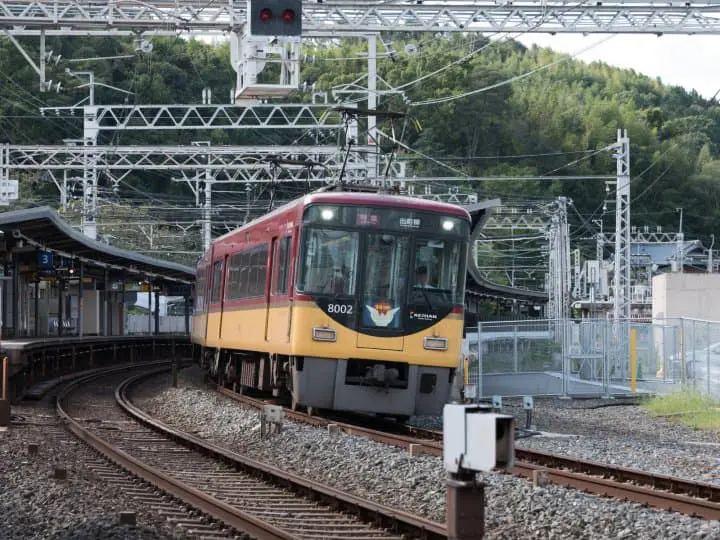
Keihan Railway primarily operates on the east side of Kyoto City. When traveling from areas like Demachiyanagi, Shijo, and Sanjo to the southern Fushimi area in the city center, taking the Keihan Railway is the fastest way.
If you're heading to places like Kyobashi or Yodobashi in Osaka, riding the Keihan Railway is the quickest option.
Special Discount Tickets for Foreign Visitors
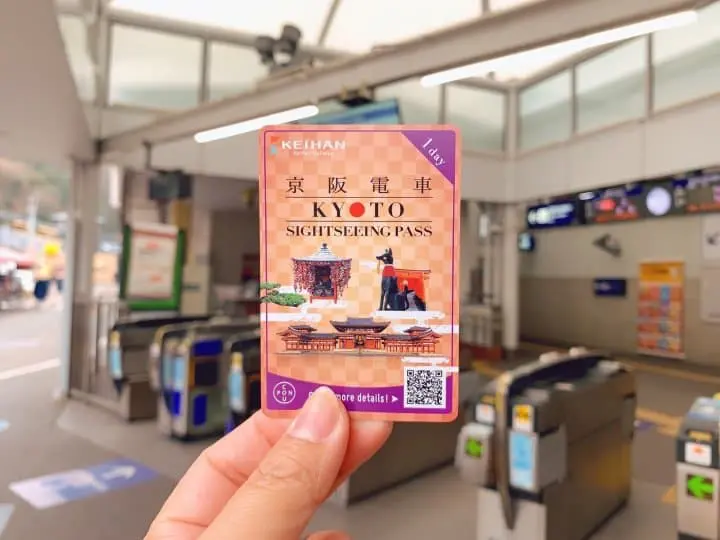
Picture courtesy of flyinghsuan
Keihan Railway offers one-day and two-day passes for its entire network, as well as expanded versions that include the Osaka Subway and Eizan Electric Railway. You can choose one according to your travel needs!
If you want to visit multiple attractions in one day, we recommend the Kyoto and Osaka Sightseeing Pass (overseas price: 900 yen), which is a very cost-effective ticket.
It allows you to start your journey from the center of Osaka and is a great choice because there are not many stations between the attractions along the Keihan Railway line. The starting fare on this line for just one station is 220 yen, so taking the train four times in one day will already make it worth the cost.
↑ Return to the top of article.
Eizan Electric Railway: For Trips to Ichijoji, Kibune, and Mount Kurama

Photo by Pixta
To travel from Demachiyanagi Station to Ichijoji, Kibune, and Mount Kurama, taking the Eizan Electric Railway is the fastest way!
During the autumn foliage season, some sections are illuminated at night, and by boarding the trains shown in the pictures, you can enjoy the breathtaking view of maple leaves beautifully lit up through the large windows, making it feel like stepping into a fantasy world.
Charming Streetcars: Keifuku Electric Railroad
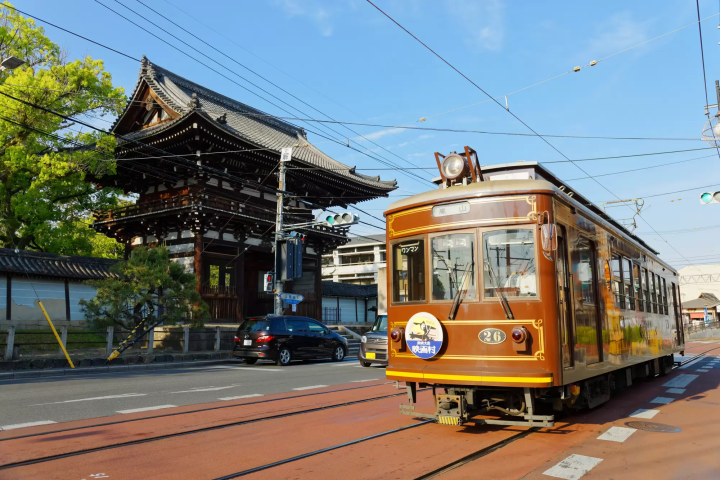
Photo by Pixta
The Keifuku Electric Railroad, also known as Randen, is a railway line that runs from Shijo-Omiya Station to Arashiyama.
The Kitano Line passes by famous temples like Ryoanji and Jikkoin, while the Arashiyama Line goes by Hirokoji Temple and Togetsu Temple, offering a rich array of attractions along its route.
The annual limited-time Yokai Tram event in the summer has become a famous Kyoto activity. When you visit Kyoto in the summertime, don't miss the chance to ride these adorable streetcars.
Too Many Transportation Options? Simplify with the Kansai Thru Pass!

Picture courtesy of Thrutto KANSAI
The Kansai Thru Pass (KTP) is a transportation card that allows you to freely use subways, private railways, and buses in the Kansai region, which includes Kyoto and Osaka, in addition to JR trains.
It comes in two-day and three-day versions and can be used non-consecutively during its validity period. Having this pass will enhance your travel flexibility, save you the hassle of buying tickets, and make your Kansai experience more enjoyable.
↑ Return to the top of article.
Enjoy Exploring Kyoto!
Getting around in Kyoto city is not difficult, and there are plenty of transportation options and ticket choices available. Try to get a sense of the cardinal directions (east, west, north, south) and combine this knowledge with the bus route map and Google Maps to ensure a smoother journey.
Read also
Main image by Pixta


























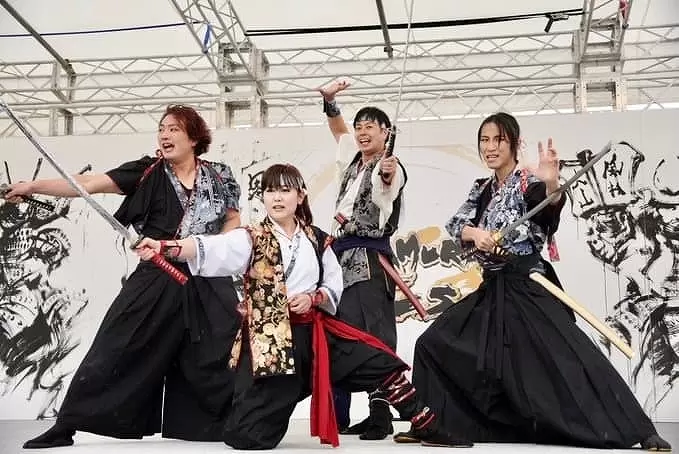












![[2026] Top 5 Strawberry Picking Spots in Tokushima, Naruto| Farms and Access Guide for January to May](https://resources.matcha-jp.com/resize/720x2000/2025/03/06-227165.webp)
